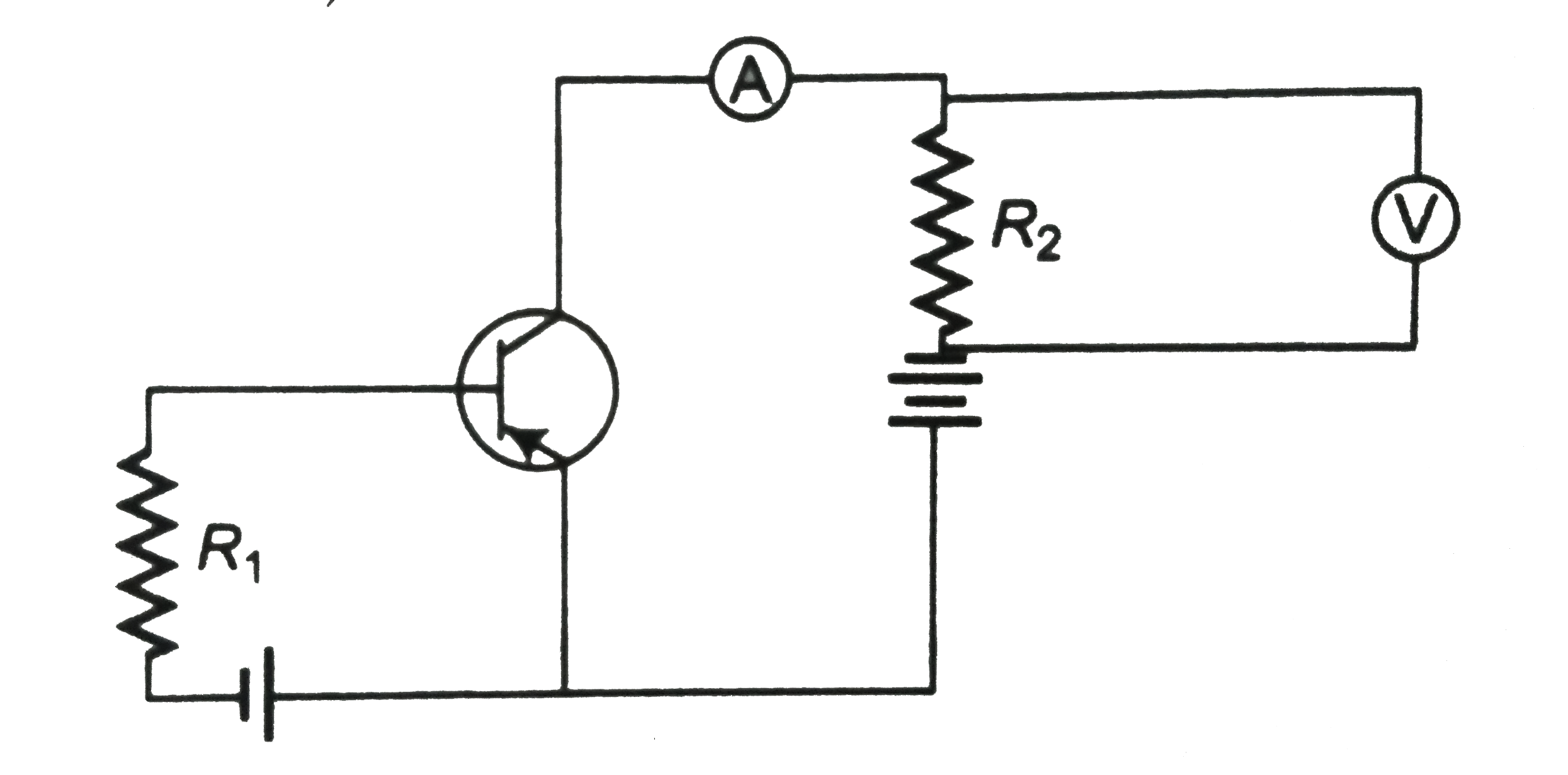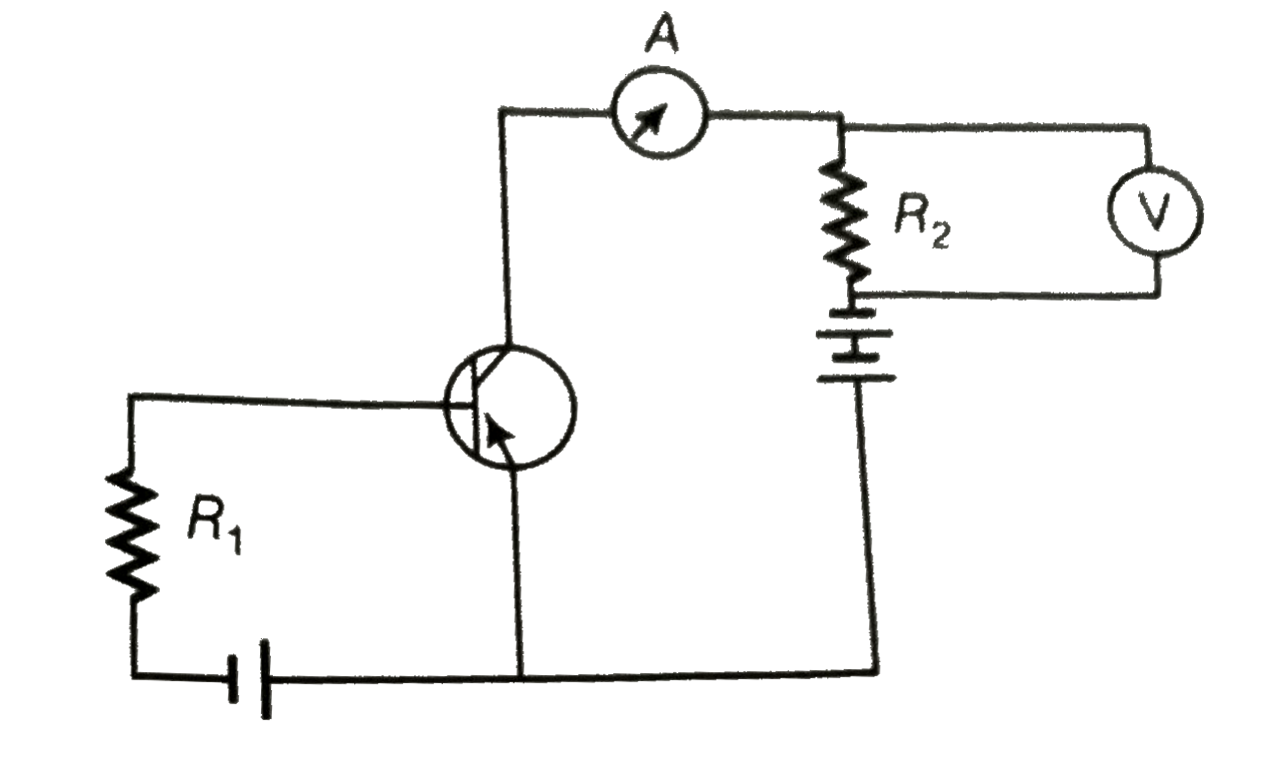You are provided with one low resistance R1 and one high resistance RH, and two galvanometers. One galvanometer is to be converted to an ammeter and the other to a voltmeter. Show how you will do this with the help of simple, labelled diagrams.
To convert a galvanometer into an ammeter and a voltmeter, we will follow these steps:
Step 1: Converting Galvanometer to Ammeter
1. Identify the Components: We have a galvanometer (G) and a low resistance (Rₗ).
2. Connection: Connect the low resistance (Rₗ) in parallel with the galvanometer (G).
3. Diagram: Draw the circuit with the galvanometer and the low resistance connected in parallel.
Diagram:
I
|
+---- Rₗ ----+
| |
| |
| G
| |
+------------+
Step 2: Converting Galvanometer to Voltmeter
1. Identify the Components: We have a galvanometer (G) and a high resistance (Rₕ).
2. Connection: Connect the high resistance (Rₕ) in series with the galvanometer (G).
3. Diagram: Draw the circuit with the galvanometer and the high resistance connected in series.
Diagram:
I
|
+---- Rₕ ----+
| |
| G
| |
+------------+
Final Summary
- To convert a galvanometer into an ammeter, connect a low resistance in parallel.
- To convert a galvanometer into a voltmeter, connect a high resistance in series.
---
1. Identify the Components: We have a galvanometer (G) and a low resistance (Rₗ).
2. Connection: Connect the low resistance (Rₗ) in parallel with the galvanometer (G).
3. Diagram: Draw the circuit with the galvanometer and the low resistance connected in parallel.
I
|
+---- Rₗ ----+
| |
| |
| G
| |
+------------+
1. Identify the Components: We have a galvanometer (G) and a high resistance (Rₕ).
2. Connection: Connect the high resistance (Rₕ) in series with the galvanometer (G).
3. Diagram: Draw the circuit with the galvanometer and the high resistance connected in series.
I
|
+---- Rₕ ----+
| |
| G
| |
+------------+
- To convert a galvanometer into an ammeter, connect a low resistance in parallel.
- To convert a galvanometer into a voltmeter, connect a high resistance in series.
Similar Questions
The resistance of a galvanometer coil is R. What is the shunt resistance required to convert it into an ammeter of range 4 times
View SolutionA galvanometer has a resistance of 100Ω. A current of 10−3A pass through the galvanometer. How can it be converted into (a) ammeter of range 10 A and (b) voltmeter of range 10v.
View Solution
Knowledge Check
A galvanometer of resistance 70Ω, is converted to an ammeter by a shunt resistance r3=0.03Ω. The value of its resistance will become
A0.025ΩB0.022ΩC0.035ΩD0.030Ω
Current passing through galvanometer is 0.002A and resistance of galvanometer is Rg=50Ω find out shunt resistance to convert it into ammeter of range 0.5 A
View SolutionIf the resistance R1 is increased , how will the readings of the ammeter and voltmeter change?

View SolutionIf the resistance R1 is increased (see figure), how will the reading of the ammeter and voltmeter change ?

View SolutionA galvanometer of resistance RG is to be converted into an ammeter, with the help of a shunt of resistance R. If the ratio of the heat dissipated through galvanometer and shunt is 3:4, then
View SolutionStatement A: Ammeter is a low resistance galvanometer
Statement B: Voltmeter is a high resistance galvanometer
Read the above statements and chose the correct option given below
View SolutionAn ammeter and a milliammeter are converted from identical galvanometers. Which one has smaller resistance ?
View SolutionYou are given two similar bars. One is a magnet and the other is of soft iron. How will you distinguish and identify them?
View Solution
